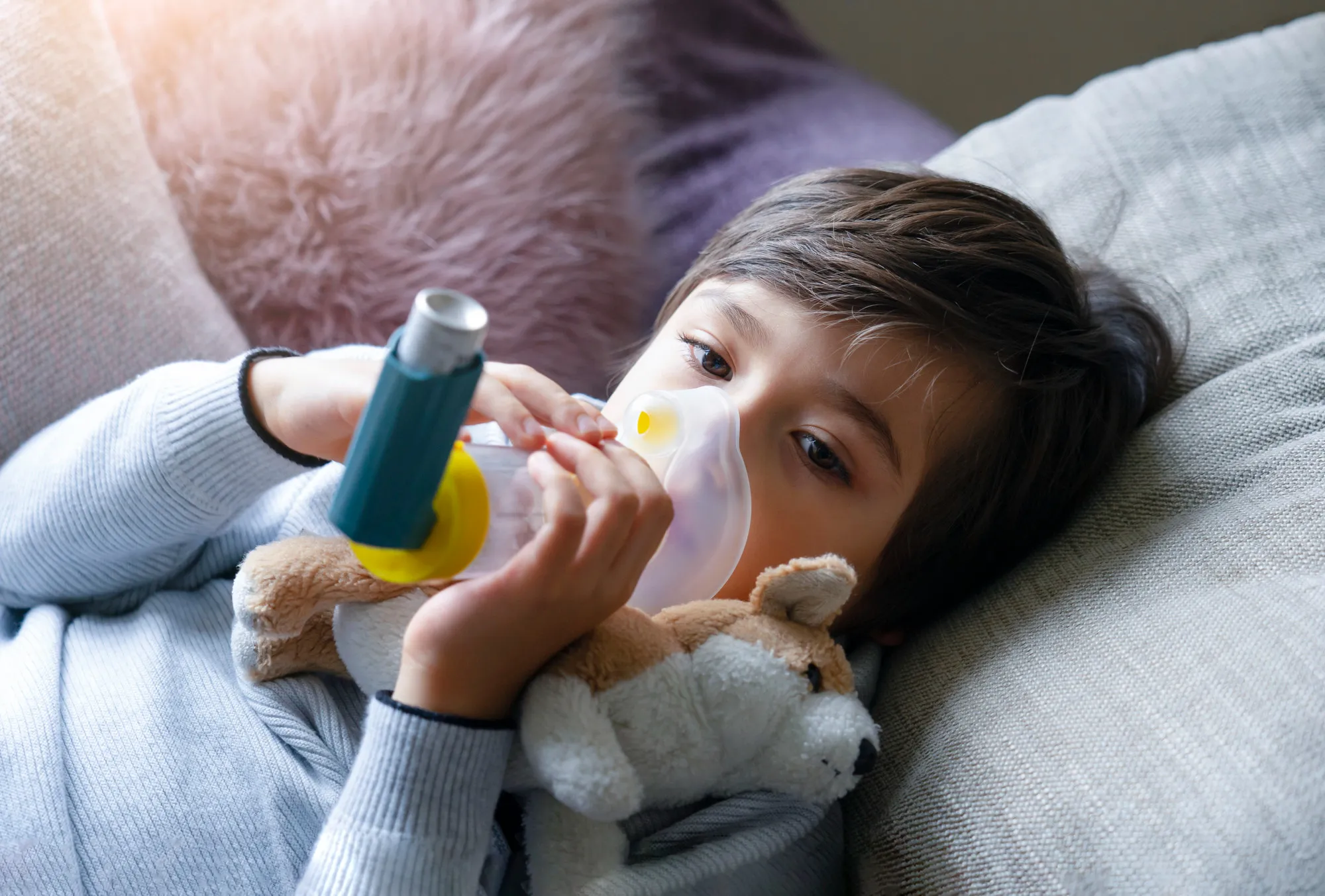A large-scale study recently published in the Environmental Pollution journal has brought forth vital findings on how urban environmental factors during pregnancy can affect the respiratory health of children. Led by a consortium of researchers from across Europe, the paper titled “Urban environment during pregnancy and lung function, wheezing, and asthma in school-age children: The generation R study” presents a comprehensive analysis of 30 different urban environmental exposures, singling out their potential role in influencing lung function and the development of respiratory conditions such as wheezing and asthma in children by the age of ten.
The Generation R Study: An Overview
Involving 5624 mother-child pairs, the Generation R study constitutes a population-based prospective birth cohort led by researchers from renowned institutions, including Erasmus MC, University Medical Center Rotterdam, ISGlobal, Universitat Pompeu Fabra, and several other prominent health and research organisations in Spain and the Netherlands.
The extensive research team, consisting of notable professionals such as Alicia Abellan from the Erasmus MC and Charline Warembourg from ISGlobal, has meticulously captured and analyzed data on various environmental parameters surrounding urban settings, such as air pollution, traffic density, noise levels, and the availability of green and blue spaces – all recorded during the pregnancy phase of the participants. The prime objective has been to identify associations between these environmental factors and the incidence of respiratory outcomes in school-aged children.
Key Findings and Implications
One of the stark revelations highlighted in the paper revolves around particulate matter (PM), a notorious component of air pollution. The study’s single-exposure analysis showed higher levels of PM correlating with lower mid-expiratory flow rates (FEF 25-75%), which is a critical metric in assessing lung function. Alongside, the research underscores the intricate effects of the built environment, green spaces, blue spaces such as rivers and lakes, and road traffic noise.
Researchers employed both exposome-wide association studies to describe single-exposure connections and multivariate regression models to discern patterns of urban exposures and their cumulative effects on respiratory outcomes. This dual approach spearheaded by the likes of Sara Mensink-Bout from Erasmus MC and Albert Ambros from ISGlobal has enabled a robust analysis of the complex relationship between urban environmental factors and childhood respiratory health.
One of the considerable contributions of this study lies in its methodological finesse where the clustering of urban environmental exposures uncovers patterns that could signify higher risks, warranting immediate public health interventions.
Keywords
1. Urban environmental exposure
2. Childhood asthma
3. Respiratory health during pregnancy
4. Air pollution and lung function
5. Generation R cohort study
Societal Relevance and Policy Recommendations
The implications of this research are profoundly relevant for urban planning and public health policy-making. Understanding that prenatal exposure to certain urban environmental conditions can have a lasting impact on a child’s respiratory health underscores the need for more stringent policies around urban development, air quality regulation, and the creation and maintenance of natural spaces within urban ecosystems.
The study acts as a call to action for governments, city planners, and health professionals to re-evaluate current standards and initiate programs aimed at curbing pollution and fostering healthier living environments, particularly for expectant mothers and young families.
Conclusion
The Generation R study, documented through the DOI 10.1016/j.envpol.2024.123345, provides vital evidence for the role of urban environments in shaping children’s respiratory health. As this research continues to shed light on the environmental determinants of health, it is becoming increasingly clear that a collaborative effort between scientists, policymakers, and community leaders is essential to fostering the well-being of future generations.
References
1. Abellan, A., Warembourg, C., Mensink-Bout, S. M., Ambros, A., et al. (2024). Urban environment during pregnancy and lung function, wheezing, and asthma in school-age children: The generation R study. Environmental Pollution, 344, 123345. doi: 10.1016/j.envpol.2024.123345
2. Guxens, M., & Vrijheid, M. (2024). The impact of urban and environmental exposures during pregnancy on child health outcomes. Journal of Urban Health.
3. Nieuwenhuijsen, M. J. (2024). Urban environmental exposures and health: A focus on air pollution and noise in cities. Environmental Science and Policy.
4. Duijts, L., et al. (2024). Early-life environmental determinants of lung function and respiratory health in European birth cohorts. Pediatric Pulmonology.
5. Santos, S., et al. (2024). Prenatal exposure to urban air pollutants and children’s respiratory health: An integrative review. Environmental Research.
The comprehensive nature of the Generation R study offers an unparalleled look into the interaction between urban environments and children’s health, forging a new path for interventions aimed at providing cleaner, safer, and more nurturing cities for our youngest and most vulnerable populations.
